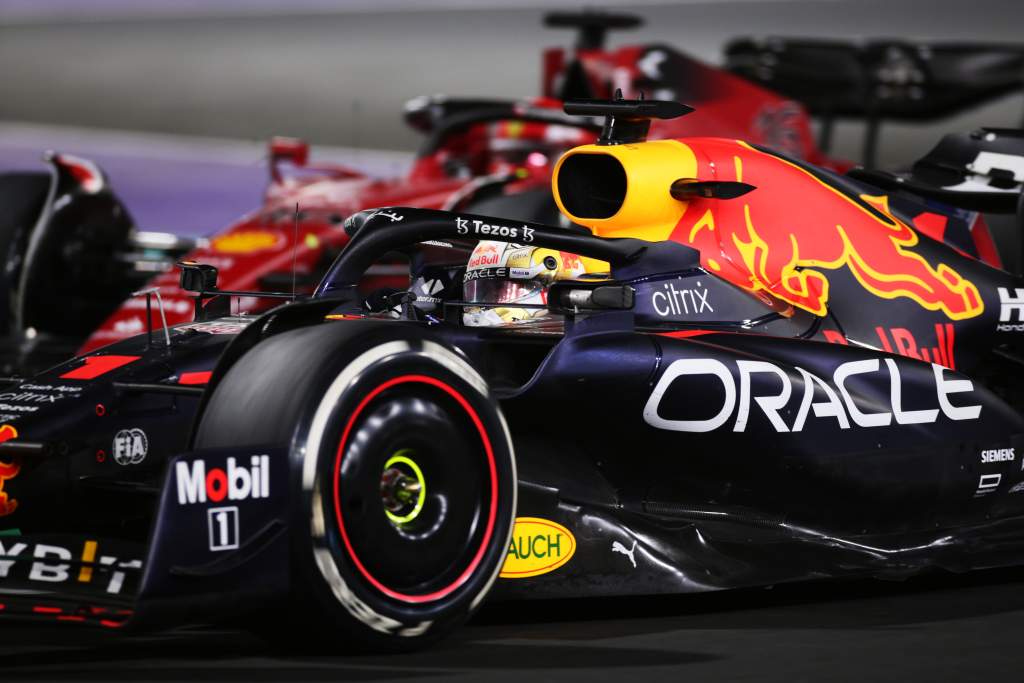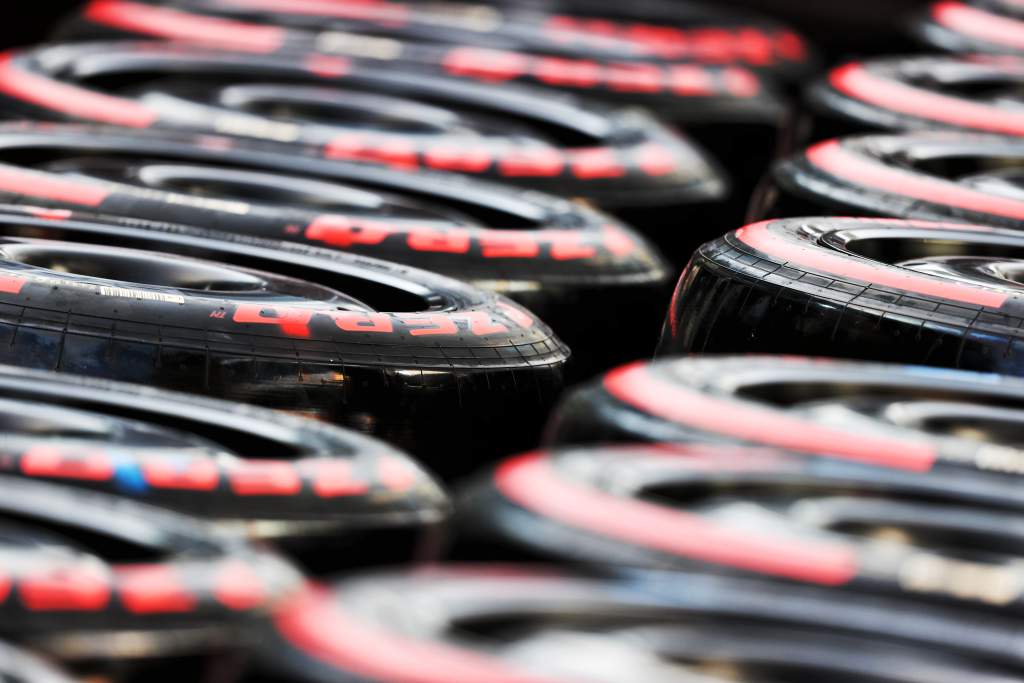Up Next

A recognisable concern has emerged in the early driver feedback on Formula 1’s changes to improve the quality of racing in 2022.
F1 has overhauled its technical regulations this year with very different cars designed to follow better and improve the possibilities for drivers to fight each other.
Pirelli has also developed new compounds, in addition to new profiles to match the switch to 18-inch wheels, to satisfy a demand from drivers to be able to push consistently without the tyres quickly overheating.
While there is optimism about the success of the aerodynamic changes, world champion Max Verstappen and Valtteri Bottas have both expressed a view that this year’s Pirelli tyres are still not able to withstand prolonged periods of hard racing.
Verstappen has gone wheel-to-wheel with Ferrari’s Charles Leclerc in the opening two rounds of the season but fears the significant weight increase of the 2022 cars – up 46kg from last year – could be undermining Pirelli’s efforts.
He said: “The cars are better to follow, it just depends on the tyre.
“The hard tyre was capable of following closer, [but] the other compounds – and this depends on the track – they just fall apart.

“As soon as you follow for a few laps, they just open up.
“It’s probably tyres, but also the weight of the car pushes you over the tyre edge. So, this is something we need to look at for the future.
“Because we improved the following with the cars, and I think probably the racing, but if the tyres don’t let you [race] for whatever reason… if it’s the weight of the actual car, that’s a bit of a shame.
“In the first stint [in Saudi Arabia], I think we could have actually raced a bit more if the tyre didn’t die. Because everyone was basically struggling with the same thing at one point.
“We need to understand that a bit better.”
There was more positive feedback after the first pre-season test but that was held in colder conditions at Barcelona.
F1 has since started the season with the high-degradation Sakhir circuit in Bahrain and the high-speed Jeddah track in Saudi, both held in warmer temperatures in the Middle East.

“To be honest, it felt very similar to last year on this track,” said Bottas in Saudi Arabia.
“And also in Bahrain it felt very similar: when you’re closer, when you’re pushing, you overheat them and you lose time.
“So, on that side, honestly, I’m not feeling big improvements from the tyres.”
Asked if Pirelli should be pushed to make the tyres better, Bottas said: “In the first two races the feeling was that they weren’t that much better than last year’s.
“There’s always room to improve and let’s see it in a couple of races.”
This weekend’s Australian Grand Prix is an opportunity to check the tyres at another circuit, in a different climate, and with a different compound in the mix.
Pirelli has opted for an unusual tyre nomination with a bigger gap between the designated medium and soft compounds.
It has brought the C2, C3 and C5 (the softest possible option) to Melbourne, and this is the first time teams will use the C5 on a grand prix weekend.

Pirelli motorsport boss Mario Isola had said ahead of the Saudi Arabia race there was slightly higher degradation and a different delta time between compounds than Pirelli had seen during testing, because the final 2022 cars are different.
But he professed himself “quite happy with the performance of the tyres” and said drivers had reported they could push harder than before.
“This information is useful for us to make a plan for this year in order to further develop the tyres for 2023,” said Isola.
“But we had action on track, we had overtaking where the cars are able to race closely and that was one of the main targets of the new era in Formula 1 so I’m happy with that.
“It’s a bit early to make a final assessment, we need to wait for other circuits, other characteristics and then to understand what we should do for next year.”





